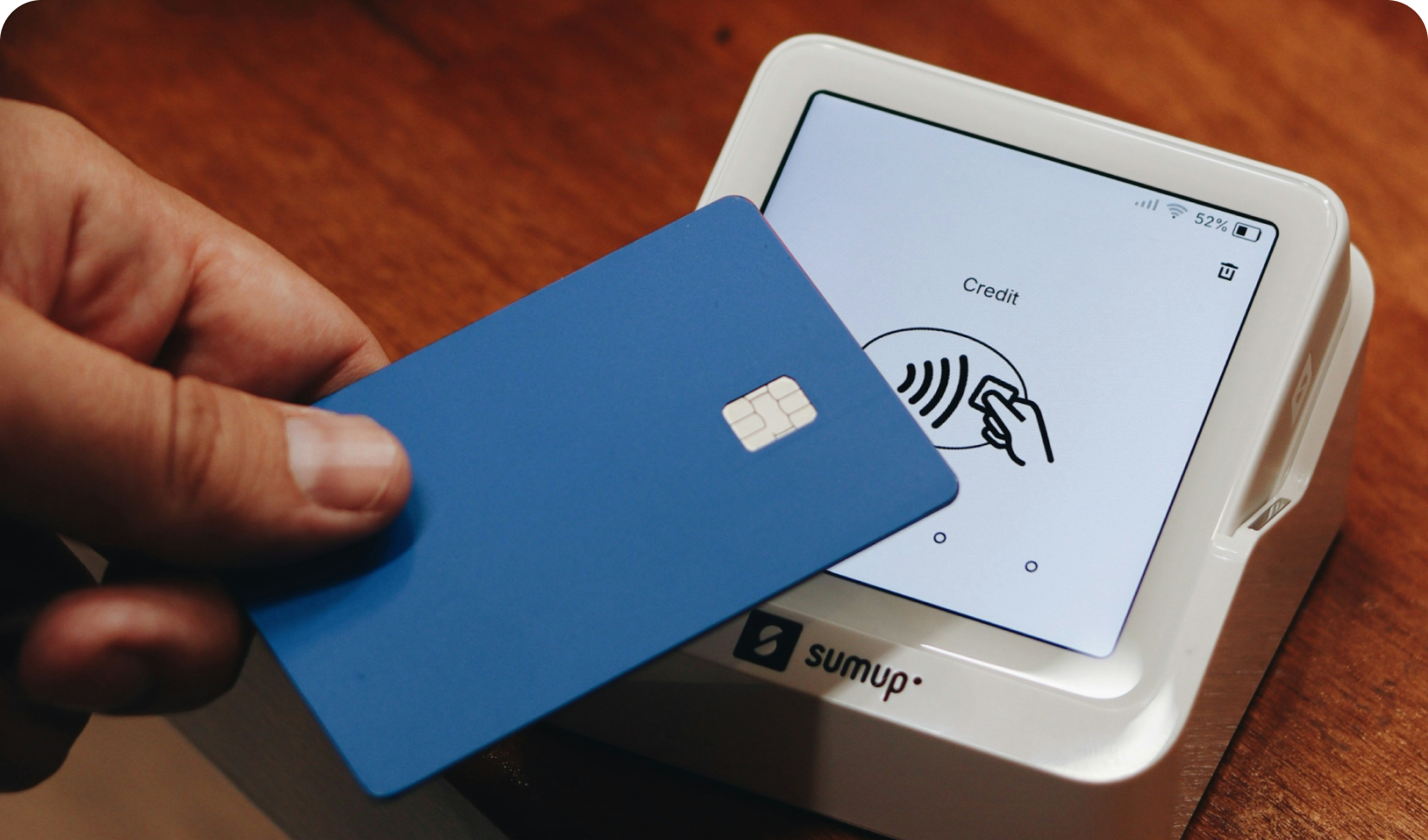7 Steps to a Successful Target Audience Analysis
Appinio Research · 20.10.2022 · 16min read

Content
Running successful marketing research means it is crucial to have a clear understanding of the target audience.
Whether they are demanding online enthusiasts or internet-savvy PR consultants, single top earners or working-class family men, male or female, middle-aged or young, mobile shoppers or sports fanatics, the target audience must be the central focus.
To attract potential customers to a website and ultimately convert them into buyers, it is important to identify the core target group.
This involves understanding their wants and needs, how they make purchase decisions, and what added value they expect from a service.
The key to success is connecting with the consumer, and this can only be achieved by precisely identifying the target audience before addressing them.
The ultimate goal is to tailor the customer approach as closely as possible to the needs and desires of the target group. By finding the right match between the product or service and the people who will use it, businesses can increase their chances of success in the market.
Why is the Target Group Analysis so important?
Entrepreneurial success hinges on the foundation of customer satisfaction.
To ensure that satisfaction is achieved, it's imperative to gain detailed information about the market through a target audience analysis.
Armed with this knowledge, a product or service can be customized to the needs of the target group and marketed to them effectively.
Failure to carry out a target group analysis can result in a product missing its intended audience. Therefore, knowing your customers is key.
Any information learned about your target group is invaluable, and can be obtained through research, surveys and studies, that we're going to cover in this guide.
Our Research experts answer: What could happen if I don't define my target group properly?
If you don't properly define your target group, you risk wasting resources on ineffective marketing strategies, missing out on potential customers, and failing to meet the specific needs of your audience. This can lead to lower engagement, poor conversion rates, and ultimately, a decline in your business's success.
Finding and defining the right Target Group
 To effectively reach the audience for your product or service, it is crucial to understand who they are.
To effectively reach the audience for your product or service, it is crucial to understand who they are.
This is why the first step in research is defining the target audience, also known as the target group.
A target audience refers to a group of individuals who share similar needs and wants. This group is often characterized based on demographics and socio-economic factors, such as "unmarried women between the ages of 25 and 40 with a high income."
In addition to factors like gender, age, income, and location, details on marital status, education, occupation, and social standing can also be significant.
By carefully examining the product and the people who are interested in it, defining the target audience allows for a more targeted and effective approach to consumers, making marketing more efficient.
Once the target audience is defined, the next step is to analyze their purchasing behavior.
Exploring the behavior of the Target Group
.webp?width=1536&height=1152&name=Define%20Target%20Audience%20Needs%20Appinio%20(2).webp) Defining the target audience by focusing on socio-demographic data is only the first step.
Defining the target audience by focusing on socio-demographic data is only the first step.
Conducting a target group analysis requires delving into the lifestyle and behavior of the intended audience to understand their purchasing habits and challenges.
These questions below will help you gaining valuable insights into your target audience:
- What is their current life situation?
- What needs are not being met by existing products or services?
- What motivates their buying decisions?
- Who has the most influence on purchase decisions?
- What channels do they typically use for purchases?
- How frequently do they make purchases?
It's also crucial to consider psychographic characteristics, including attitudes, values, and behavior. This could include their environmental awareness, character traits, brand preferences, and consumer habits. For instance, while some may be more conservative, others may be more open to new products and ideas.
Further segmenting the target audience into different main groups can also be helpful.
More questions about target audience analysis? Talk directly to our experts.
Connecting with your customer
To obtain information about the consumer behavior of your target audience, direct questioning is often the simplest and most efficient method.
This can be done through qualitative surveys or simple questionnaires, even if you do not yet have a large customer base.
By targeting individuals who meet the desired characteristics of your target audience, you can gather the necessary data and gradually improve your target group definition through customer surveys and tracking of purchasing behavior.
Since user behavior changes rapidly, particularly in the digital realm, it is crucial to regularly check the relevance of your target audience.
The target group analysis is an ongoing and dynamic process that requires continuous evaluation.
It is recommended to carry out the following measures regularly:
- Internal company data: What information about customers is already available?
- Analyzing a target audience analysis of a similar product
- Conducting qualitative interviews or surveys
- Conducting internal user testing to identify and address weak points
- Observing market trends and current developments
- Surveying superiors, colleagues, or contact persons.
Online Surveys: address the Target Group quickly and easily
Once users or consumers have been using your product or service for a while, it's important to understand more about them.
You can start by asking questions about their hobbies and interests, beyond their work and family life. This information can be obtained through direct surveys and questionnaires, which provide concrete details about why they are using your product or service and help you understand your target audience better.
In the past, this process was seen as difficult because it required personal interviews with each individual customer.
However, nowadays, online surveys make it easier to conduct a target group analysis. Once you create a questionnaire, it can be sent to all customers, making it simpler and more efficient to gather feedback and opinions.
When to use customer satisfaction surveys
Knowing when to conduct customer satisfaction surveys is crucial in order to get the most out of them.
If you want to gather feedback on a specific product or service, you should target recent customers.
For instance, you could find out which bottle or label of your new smoothies is the most popular or how the trailer of your latest action thriller appeals to frequent movie-goers. These results can then be used to refine and enhance your products.
Regular online surveys can also help you improve the overall customer experience.
By engaging both top buyers and newcomers, you show that you value their feedback and care about their satisfaction.
You can use these surveys to assess levels of satisfaction, identify areas for improvement, and gather ideas for new products. Offering rewards such as vouchers or incentives can also motivate customers to participate.
If you want to gauge the performance of your products and services, consider targeting inactive customers.
By asking what they don't like and what it would take to win them back, you can gather valuable insights that will help you make improvements.
For building long-term relationships with loyal customers, it's important to ask them specific questions about their experience.
Find out what they like, what they would change, and what they want to see in the future. By showing that their opinions matter, you can encourage them to share detailed feedback.
You can also dive deeper into the customer's journey by asking about their decision-making process.
- How did they research potential vendors?
- What factors influenced their decision?
By breaking down the customer's journey, you can gain a better understanding of what your target group is looking for. Ultimately, your goal is to offer them exactly what they want.
Designing the questionnaire
Online survey tools can be a great way to gather specific feedback from your target audience.
Whether you're looking to survey your most loyal customers or get general feedback on a product, there are three key factors to consider when designing your questionnaire:
-
Ask clear and concise questions
Your respondents should be able to understand exactly what you're asking and provide specific answers. Unclear questions can lead to imprecise answers, so it's important to be as clear as possible. Concise questions are also more enjoyable for participants to answer. -
Ensure a sufficiently large sample size
To achieve statistically significant results and reduce the margin of error, your sample size should be between 500 and 1,000 participants. -
Use customer-oriented language and neutral questions
When writing your questions, make sure you're using language that resonates with your target audience.
Avoid technical terms or jargon that might not be familiar to them. Additionally, avoid asking leading questions that might bias the answers.
It's important to keep your survey's purpose in mind when selecting the questions you'll ask.
By following these tips, you can create an effective survey that provides valuable insights into your customers' experiences and needs.
Here are some of the questions used to measure customer satisfaction:
- How satisfied are you with product x of brand x all in all?
- How would you rate the (business) relationship with company x / brand x all in all?
- How satisfied were you with the answers or suggestions for solutions that brand x offered you?
- How satisfied were you with the customer service of brand x / company x all in all?
- How likely is it that you will recommend x (product / company / brand) to friends, colleagues or relatives?
Furthermore, online survey tools enable you to ask targeted questions about a brand or company's products or services, including overall satisfaction levels, product quality, pricing, value for money, selection, and product features.
Additionally, it is valuable to inquire whether customers would use the brand or company again or recommend it to others.
- Which of these factors are the two decisive criteria to buy products / services from companies x / brand x for you?
- Instruction: Please choose a maximum of 2 answers.
- Quality
- Product features/conditions
- Price
- Product / Service Benefits
- Value for money
- Possibility of adaptation to my needs
- Offer and selection
- Something else, namely: (open text)
- What is your overall impression of x (product / company / brand)?
- How do you like the design of x (product / brand) all in all?
- How likely is it that you will take a closer look at x (product / company / brand)?
- How likely is it that you will buy a product from the category x (industry) in the next few weeks?
Qualitative surveys leveraging free-text responses
In order to achieve the highest possible quality, you should include open-ended questions in surveys.
In contrast to other question types that have predefined answer alternatives, qualitative surveys like focus groups use free-text fields that allow participants to enter their answers in their own words.
This type of survey is particularly useful in obtaining information that may not have been considered yet.
By asking participants to describe their personal attitudes towards a product, it's possible to learn about how they use it and if they encounter any difficulties.
Additionally, customers can share what features and functions they find appealing and what they think is missing. Participants can even be asked to share photos or videos of themselves using the product, like a picture of their own kitchen.
Open-ended questions are especially useful when it comes to analyzing the opinion of the target audience.
When several statements are combined, a detailed opinion with requirements and needs emerges. Free-text questions can provide valuable insights for new developments as well as existing products.
While this type of survey may be more elaborate, the answers are directly available in digital form when using online survey tools.
Results can be illustrated using word clouds, making systematic evaluation of open-ended questions possible.
Curious to see how it looks like? Sign up to our platform for free and browse all Appinio free studies and templates!
Creating user profiles of target group representatives
Gathering information from surveys among both customers and non-customers can provide valuable insights, which must be analyzed, evaluated, and illustrated.
The goal of these analyses and evaluations should be to create user profiles that help to understand the desires and needs of the target audience.
For each typical target group representative (or for each main target group), a meaningful user profile can be created with a name, age, occupation, and other key features that describe what this user expects from the product or service.
By creating user profiles, the anonymous target audience becomes more human and easier to understand.
It is crucial to continuously update these user profiles with newly acquired data from personal conversations or surveys to keep them as up-to-date as possible.
The clearer the user profile is, the sooner you can surprise and inspire your target audience, and the stronger your grasp on consumers will be.
Target group analysis is not only the basis for any successful study, but also enables the refinement of product strategy and brand value in the long term through the updating of target group profiles with additional primary research.
Want to know more about how to conduct your Target Group Analysis? Book a demo and ask our experts.
Get facts and figures 🧠
Want to see more data insights? Our free reports are just the right thing for you!


